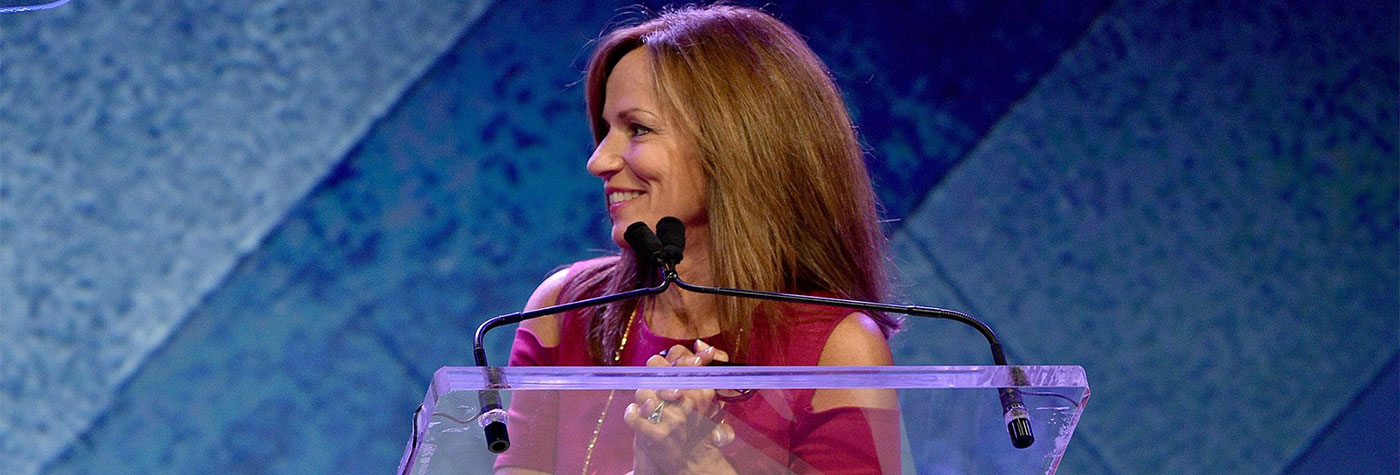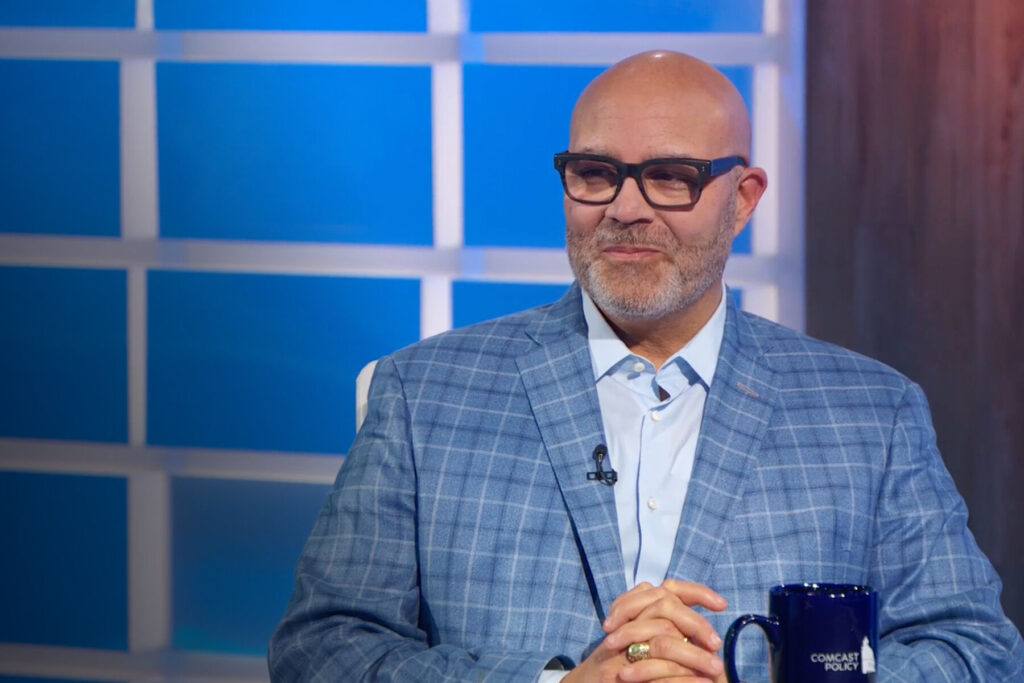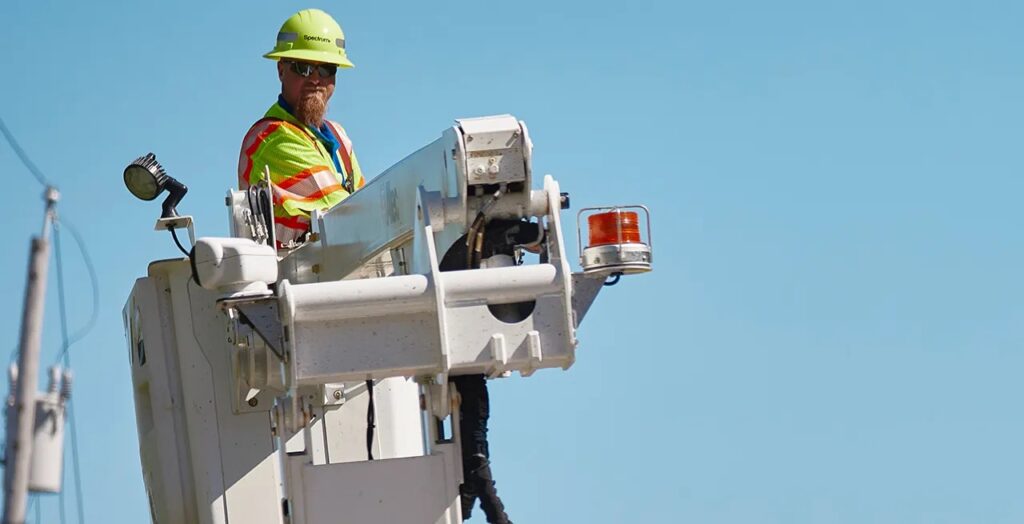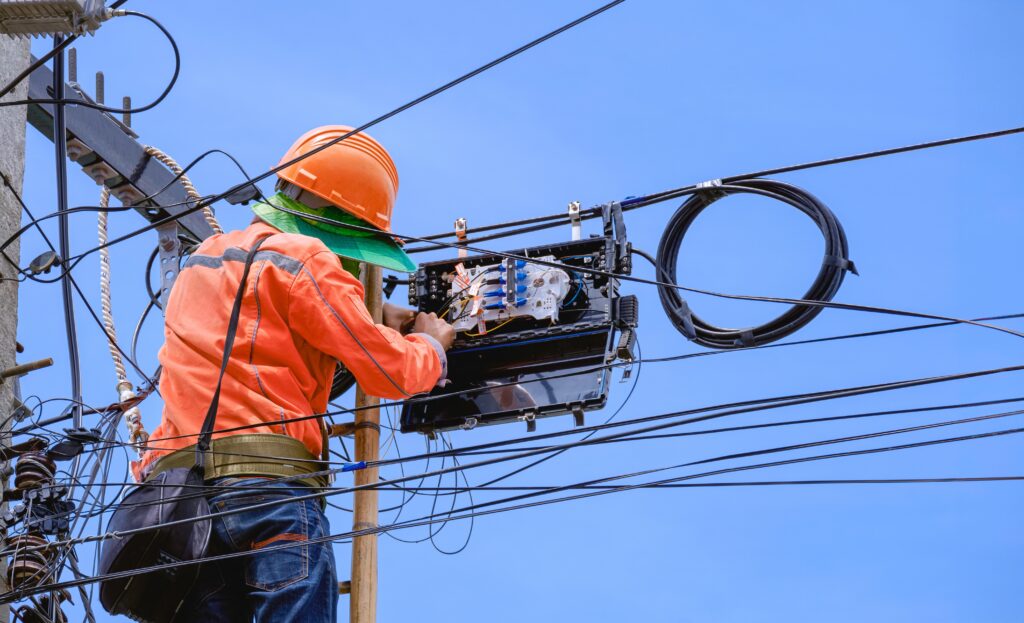With Women’s History Month underway and the celebration of International Women’s Day occurring today, we decided to check in with Maria Brennan, the president and CEO of Women in Cable Telecommunications (WICT), to see how women are faring in the industry and to find out how far we have to go to balance out the gender ranks at the top. Throughout our conversation, one thing seemed to stand out– that while it’s good to celebrate women’s achievements and contributions to the economy and society, it’s just as important to actually work on coming up with solutions that will move women into roles typically dominated by men. “The research and numbers tell the story that companies need to work hard to make gender diversity a business tactic just like any other,” said Brennan. “In the end we will never find the talent we need to make companies succeed by squandering the talent of half the universe.”
As the head of WICT since 2009, Brennan has seen a lot of progress and potential for women in the cable industry, particularly in the results of the biennial PAR survey which WICT conducts in conjunction with the National Association for Multi-Ethnicity In Communications. Funded by The Walter Kaitz Foundation, the effort is one that aims to achieve stronger gender diversity within the cable ranks by showing where women in cable stand today. The most recent results demonstrated that women in cable now make up more of the executives and senior-level management positions than do women at some of the major tech firms such as Amazon, Facebook and Google. In a Q & A session, Brennan elaborated a bit on what some of these strides mean for the cable industry, for women, and our society as a whole.
Tell us about the state of the landscape for women in cable and TV today.
I’ve been in the women’s diversity landscape for a long time. From a historical perspective, and all the way to today, the prevailing sentiment is that, as a woman, cable is a very good industry to choose as a career path. The best story out there was told with the last PAR survey we commissioned. Women make up 32 percent of the senior ranks in cable. That surpasses the national average benchmark of 26 percent in the information sector and 20 percent in the telecommunications sector. Nationally, companies now are where the cable industry was over a decade ago [in regards to women’s employment at the top]. We [cable] aspire for women to make up half of the senior ranks, but we have made improvements in recent years. Having been in the diversity space for a long time, any uptick is a good thing.
What has WICT done in recent years to accelerate women’s leadership and contributions to the cable industry?
WICT is always looking for ways to give women an upward trajectory. In 2013, we launched the Senior Executive Summit in partnership with Stanford University’s Graduate School of Business. The summit provides women at our member companies higher level leadership training, and offers them robust resources in terms of career development. As a result, we want to see women rise in the ranks as they take advantage of these opportunities.
One of the things we’ve managed to do is take events that used to just be celebratory in nature and given them an educational bent. For example, the WICT Signature Luncheon used to be a gala that shined a spotlight on accomplished women in cable. Now, the event focuses on top companies, most of which are highlighted in the PAR survey, and their strategies for developing women’s careers so that audiences can learn about the tactics and strategies other companies have used to elevate women within their ranks. We also have our Touchstones Lunch which looks at women who are making a difference inside of cable, but we also utilize it as an opportunity for women in that audience to listen and learn how to emulate the successes of those being celebrated.
And at INTX this year we will bring experts in gender diversity to talk about ways to eliminate gender bias. So the idea here is not just to praise women or companies who are succeeding, but to offer ideas that will help organizations make their environments more diverse and inclusive of women.
What are your thoughts on how women are portrayed on television and in the media? And what is cable’s responsibility to women and minority groups?
Any business will benefit by having strong gender diversity, but in our industry we have an added incentive–we affect the perspective of the world by virtue of what we put on television. That’s the added metric we have to think about with programming in particular. If we don’t include diverse perspectives in terms of what we see on TV, advertisements, and in every aspect of how people consume the media, then we are affecting the public’s perception. In many ways we form that perception. You have to give people diverse stories and plotlines.
Any additional insights you would like to share regarding women and the roles they play on television?
I think it’s also important to note that women don’t always want to be portrayed in stereotypical roles. Women want access to great roles and real life examples of women. Take June Cleaver, for example. She’s a lovely version of a woman but there are many other versions of women. It’s important to see women in empowered roles, fragile roles, scary roles, all kinds, just like we would see men in various roles. What I like about today’s television is that women can be anything, anyone.
Think back to Friday night TV in the ‘60s, ‘70s, ‘80s, and then look at TV today. You see a completely different reality, a much more enriched and lush landscape than what it once was for women, people of color, and LGBT perspectives.









